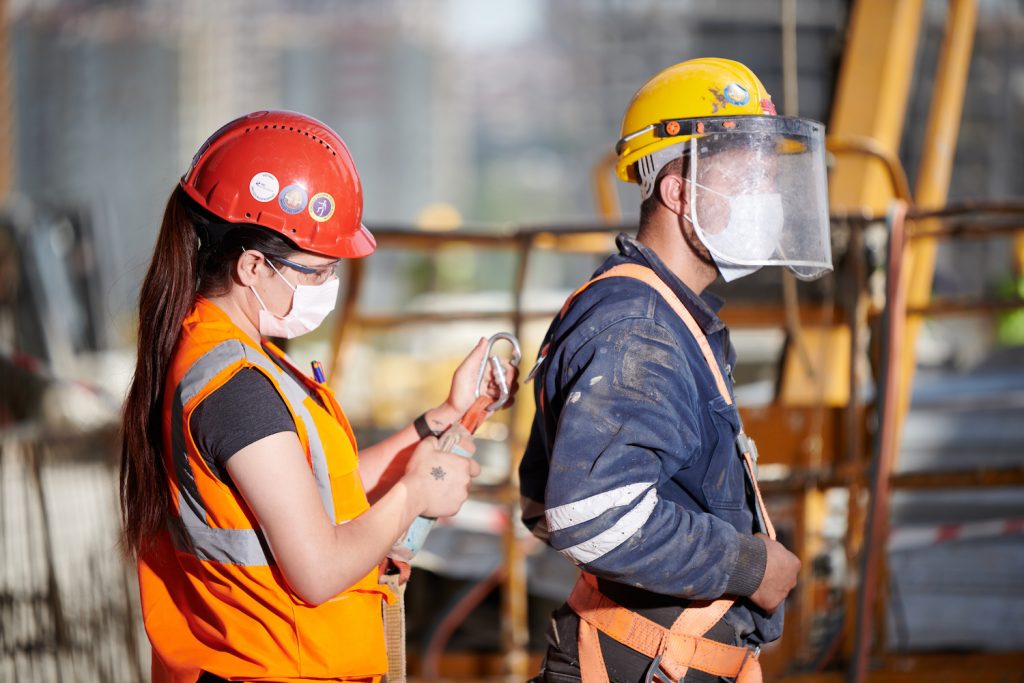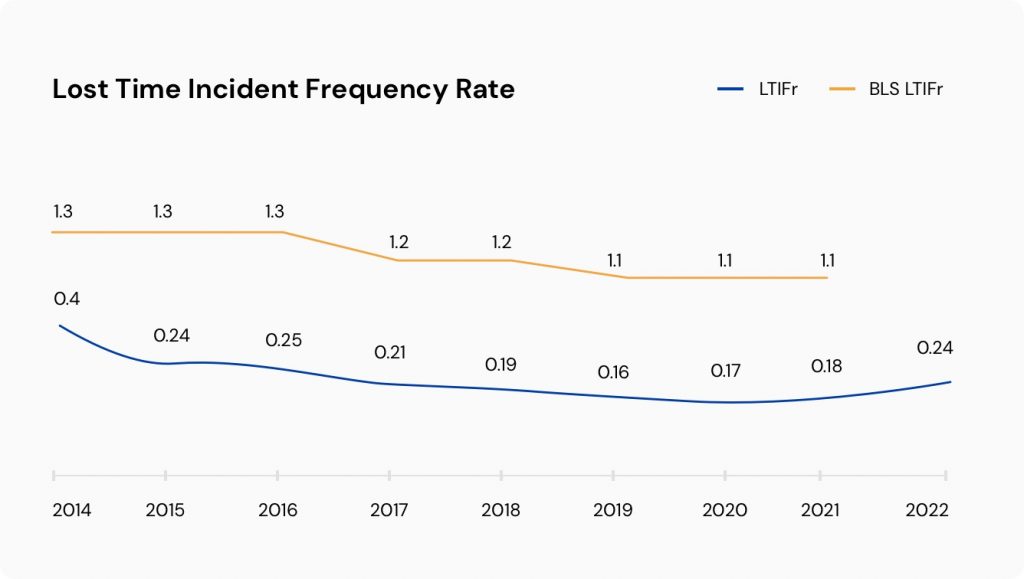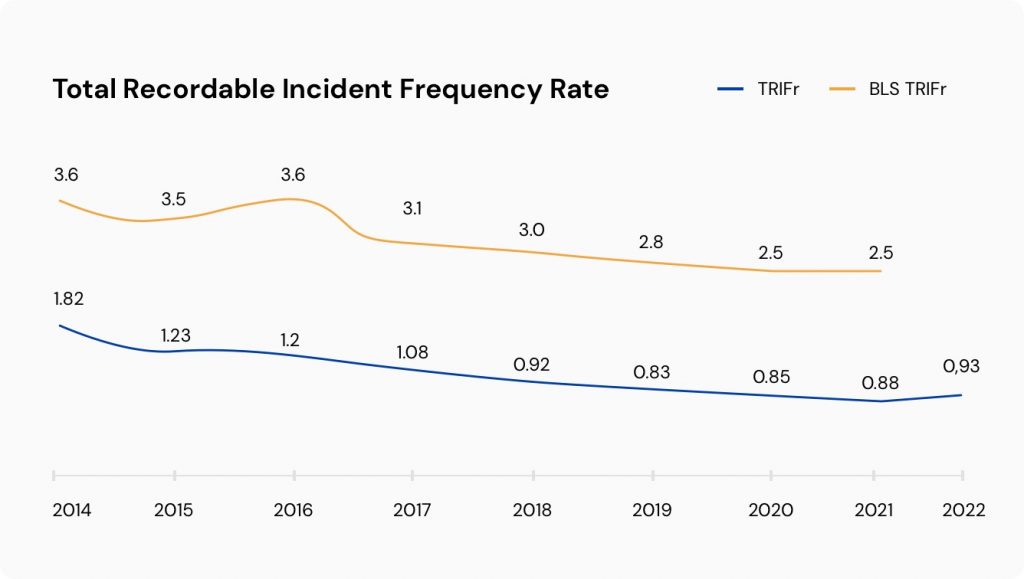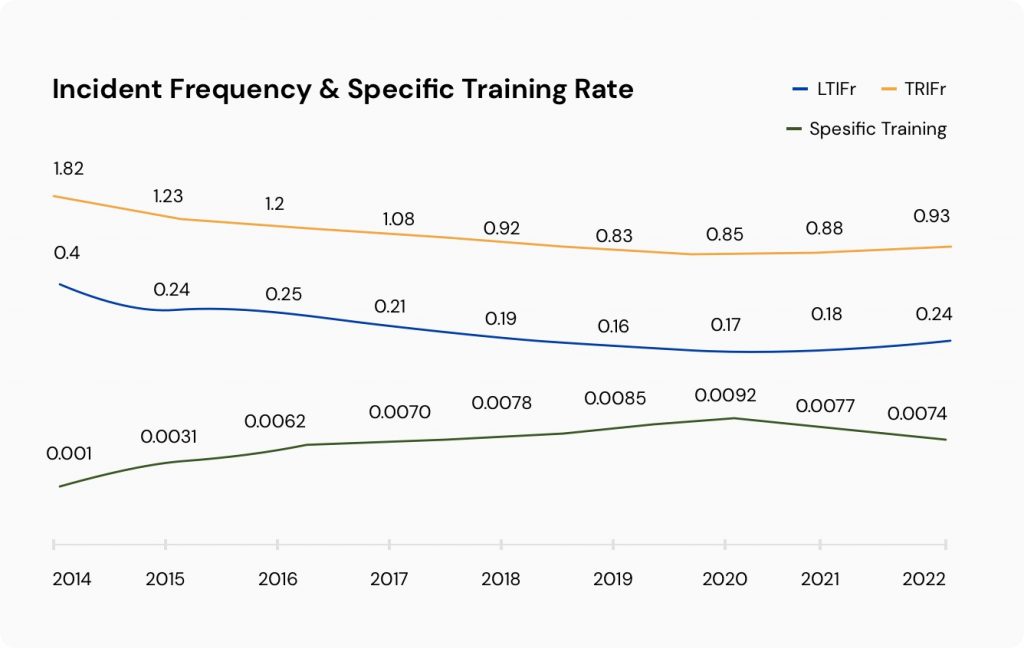We regard Health and Safety (H&S) as a conscientious responsibility, rather than an obligation.
We believe a safe working environment is the cornerstone of a reliable, strong, and resilient organization. In addition, we think any harm to employees, stakeholders, and anyone interacting with the company can be prevented. Therefore, our most important responsibility is to ensure that each of our employees, who work in many parts of the world, conduct their work safely. H&S management perfectly reflects the company’s core values and performance criteria and is represented at the board level. All employees at Rönesans have the right to stop working when their work environment is unsafe.

Practices reflecting our principles and values within the scope of H&S;
- Managers who lead by example have a sense of responsibility when it comes to occupational safety
- Management practice is based on continuous improvement and preventive risk management
- Employing conscientious, well-trained staff
- Integration of subcontractors into the company system
- Monitoring of compliance and performance
- Promoting and recognizing good practices
At Rönesans, the H&S proactive performance approach, early risk identification, and work to prevent accidents and occupational illness is handled in line with the ISO 45001 Occupational Health and Safety Management System and other international standards and best practices. As a global company, Rönesans monitors its H&S performance with analytical methods to ensure compliance with international and local standards to improve employees’ working conditions.
H&S Training
We work to improve our employees’ safety culture with the practices we have developed in the area of H&S through continuous high-quality training programs.
Training starts with orientation and continues throughout each year with legal, behavior-oriented, and job-specific technical training programs.
“Our TRIFR rate outperformed the American Bureau of Labor Statistics (BLS) construction industry values by approximately 3.1-fold and our LTIFR by approximately 6.4-fold for the 2018-2021 period.”


“With a 7-fold increase in the amount of training provided between 2014 to 2022, we have reduced our lost time incident frequency rate (LTIFR) by 40% and our total recordable incident frequency rate (TRIFR) by 49%.”

